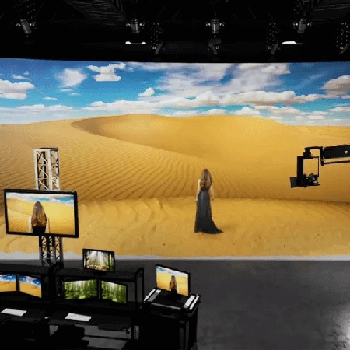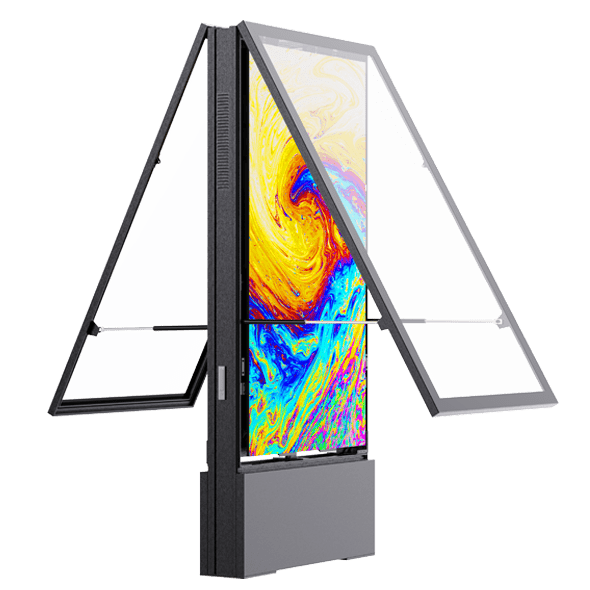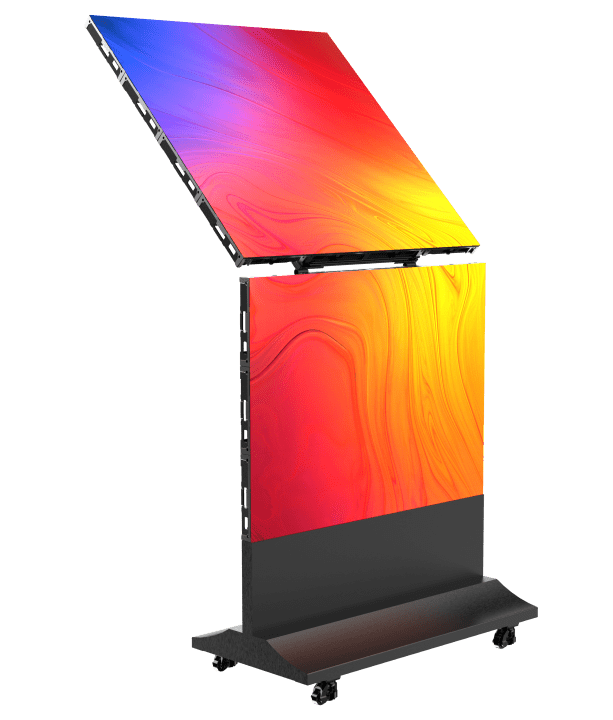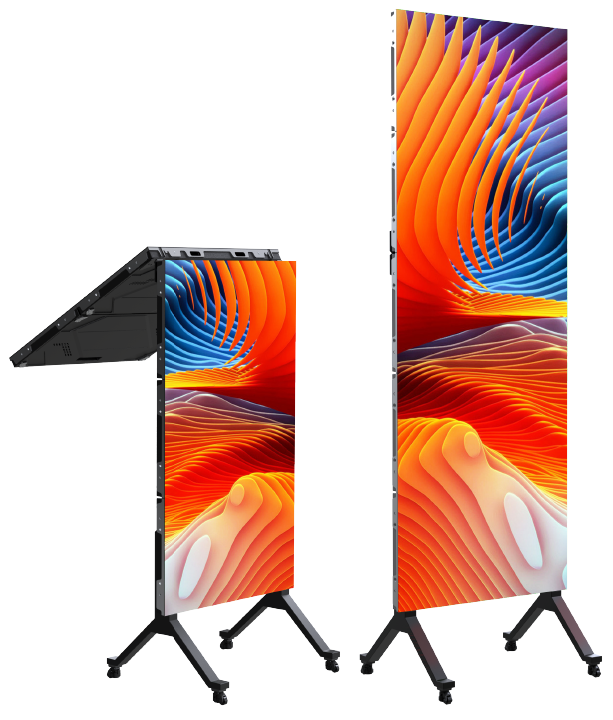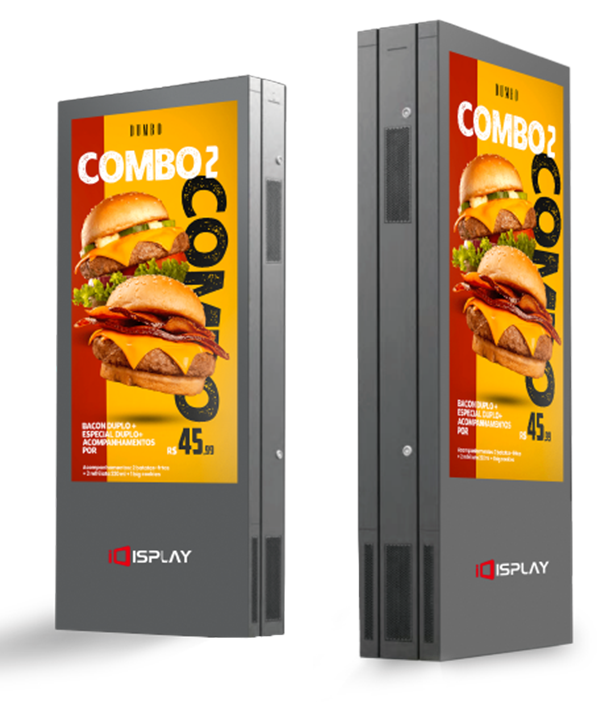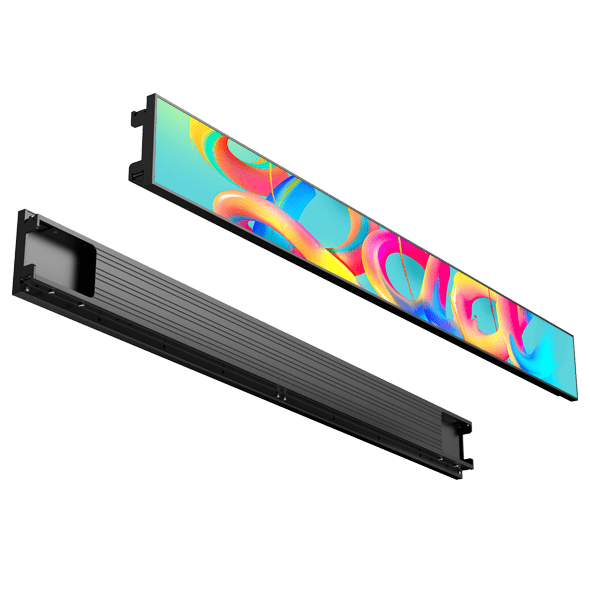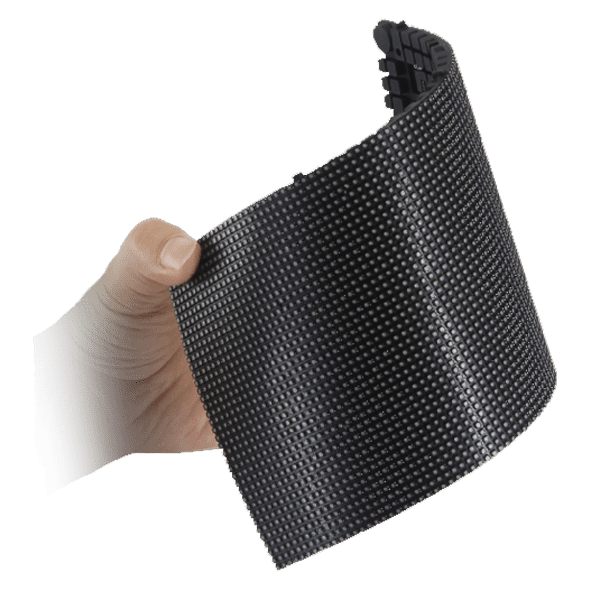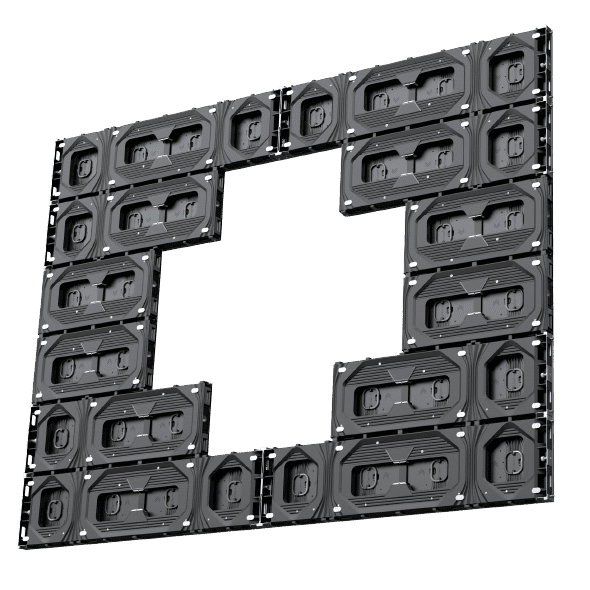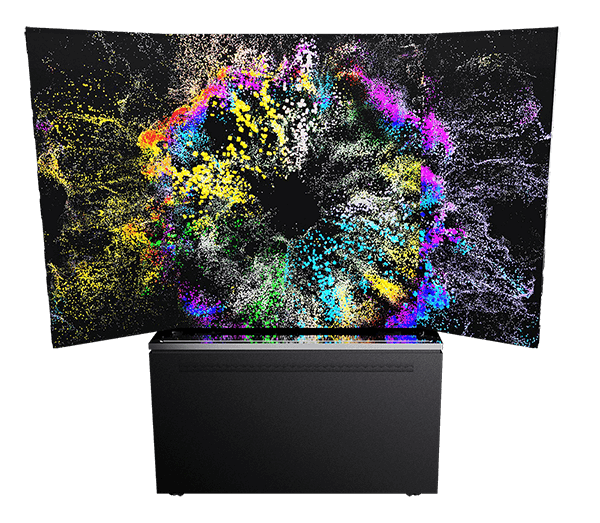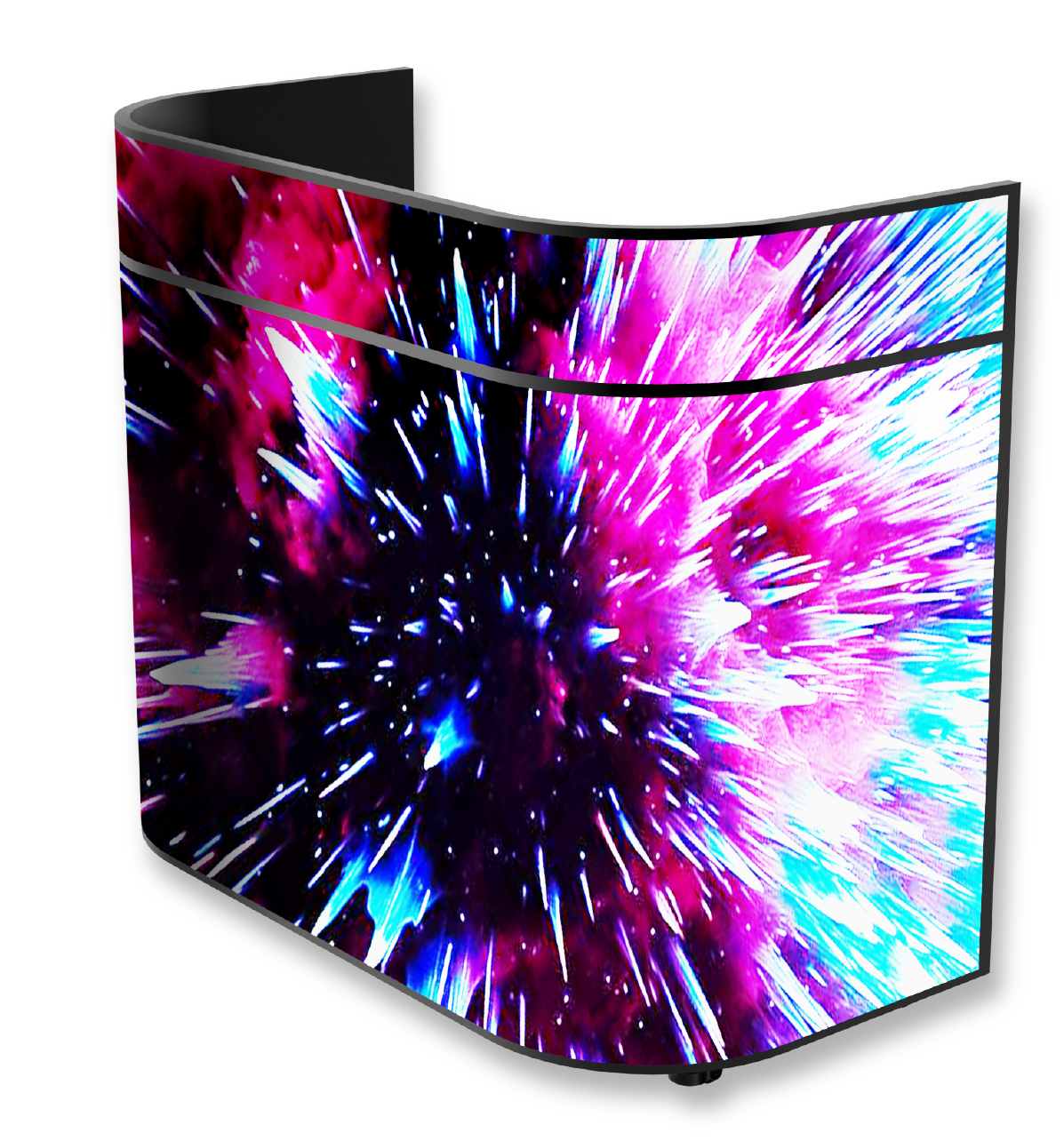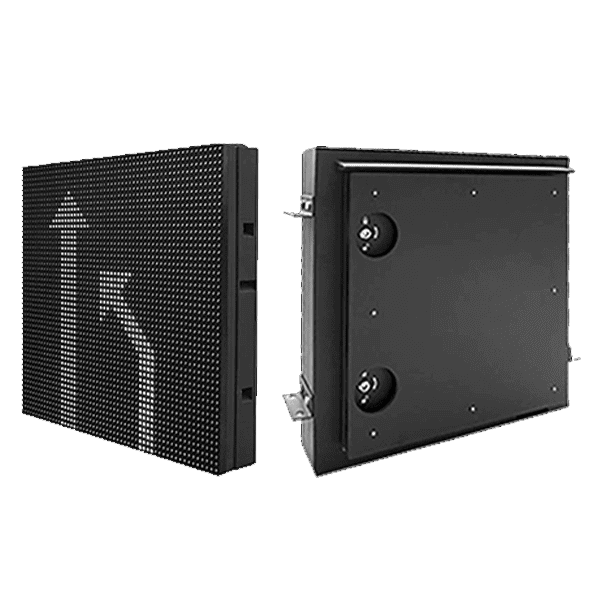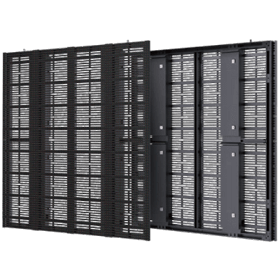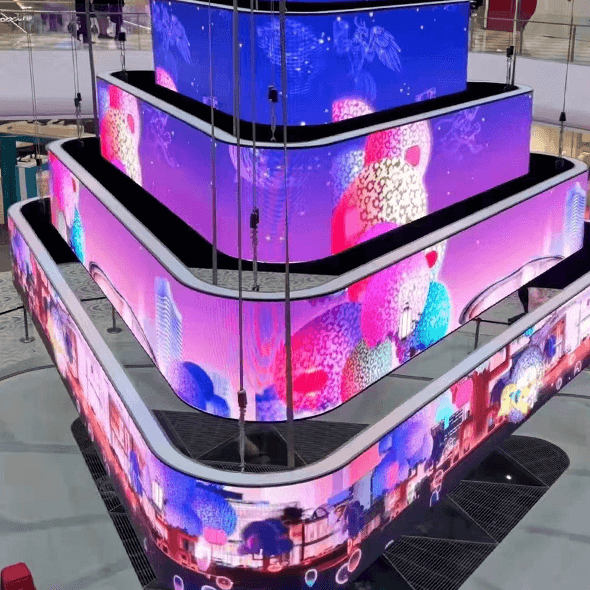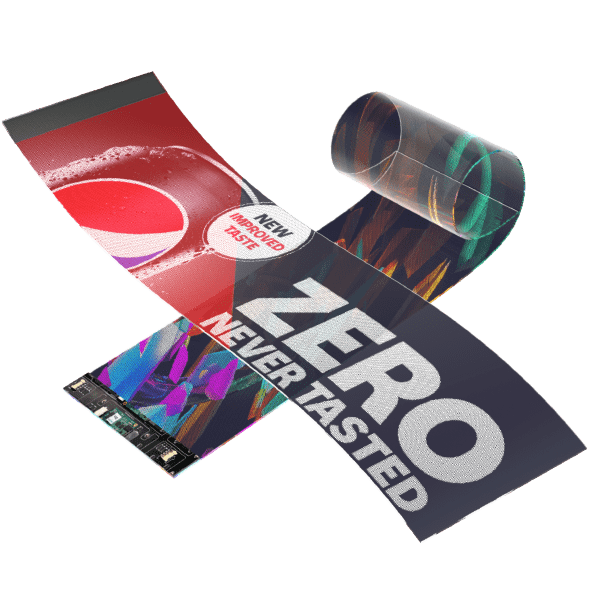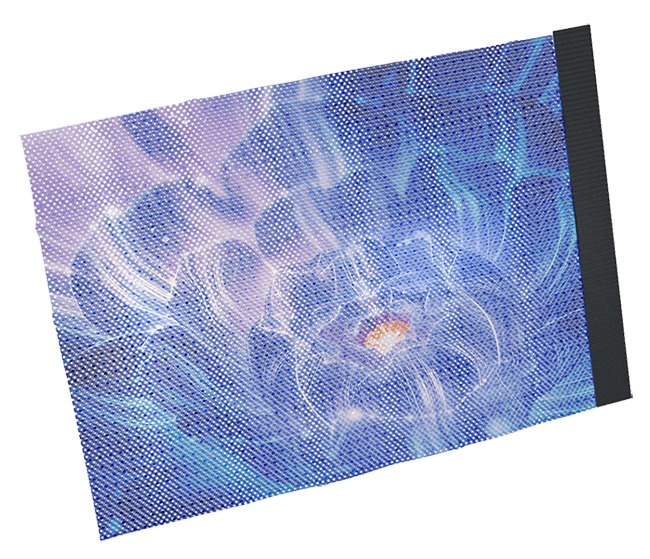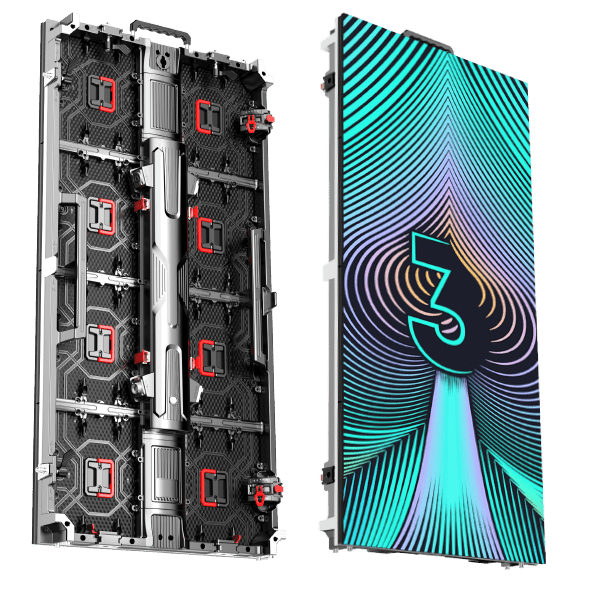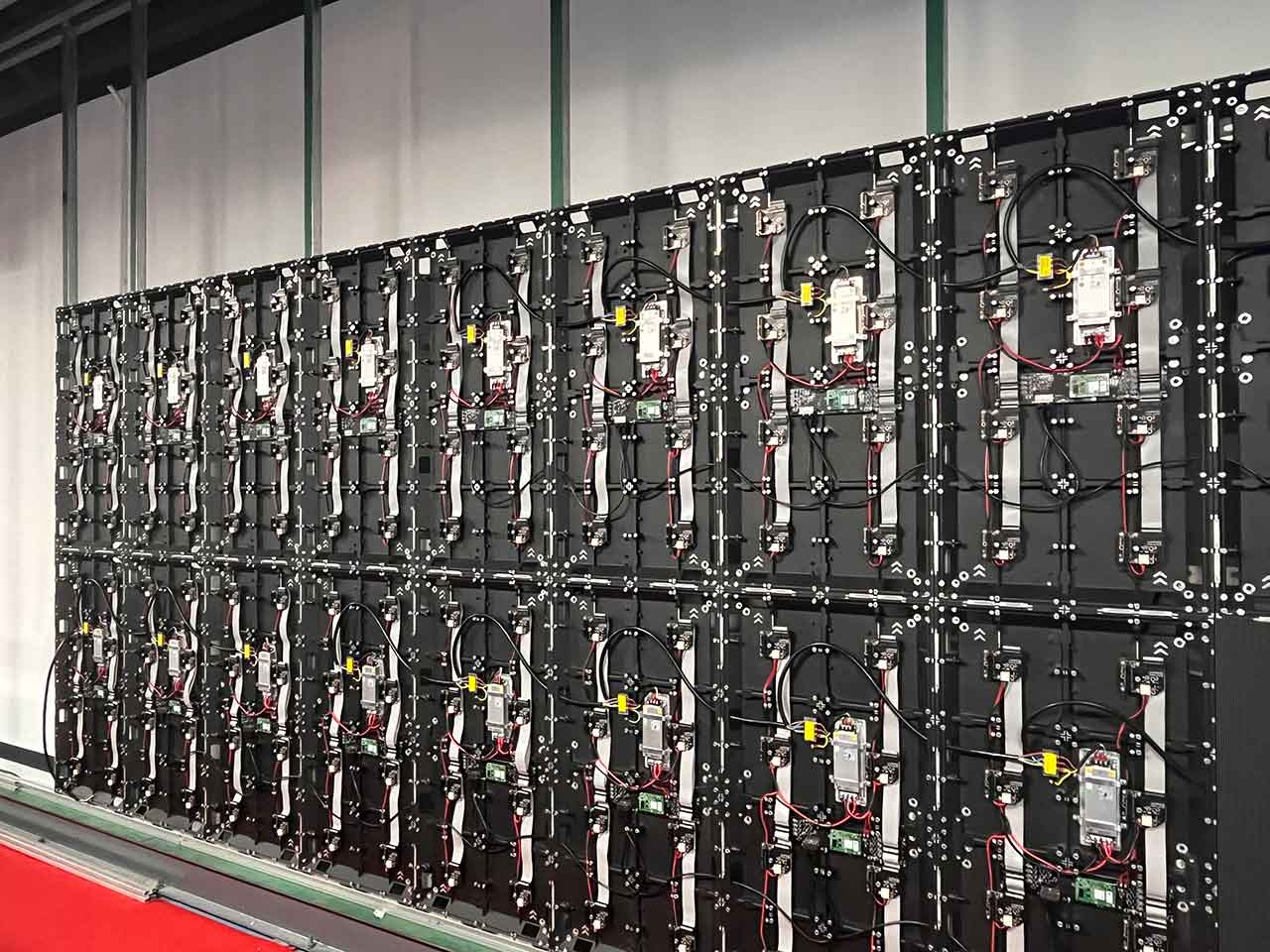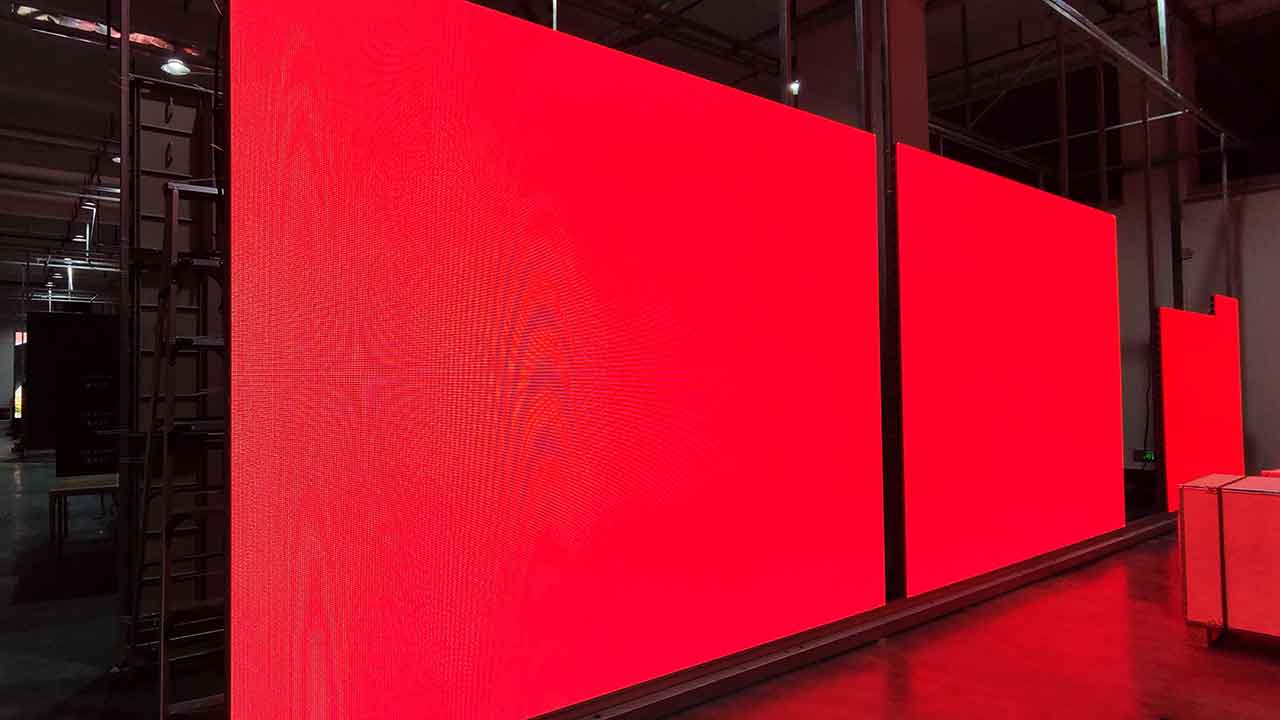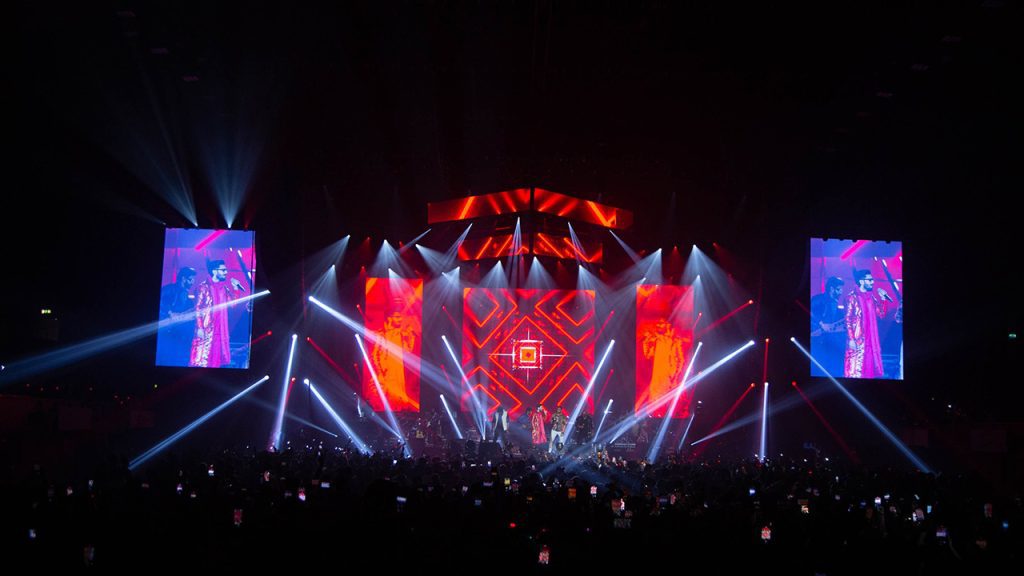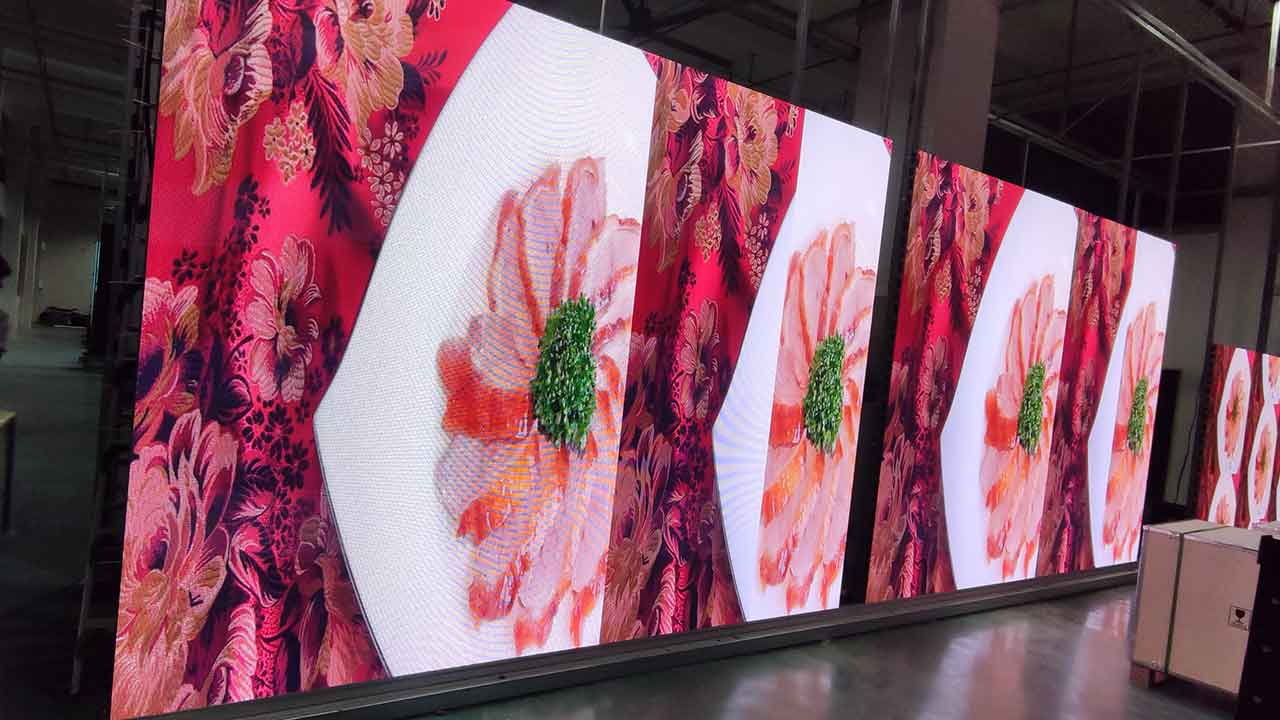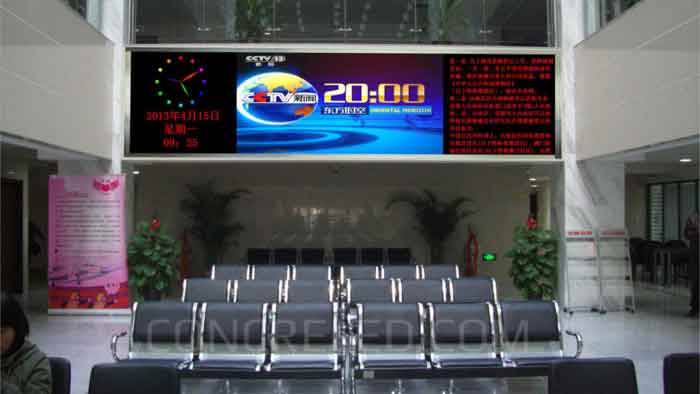Selecting a high-quality LED display screen is essential for ensuring clear visuals, durability, and overall satisfaction with your purchase. Whether you’re using it for advertising, entertainment, or information dissemination, the quality of the display can make a significant difference. Here are some key indicators to consider when evaluating the quality of an LED display screen.
1. Material Quality
The foundation of any good LED display screen lies in the materials used in its construction. High-quality materials not only ensure better performance but also contribute to the longevity of the display. It’s important to choose a provider who is transparent about the materials they use and offers guarantees that meet industry standards. The durability of the materials will directly impact the lifespan and maintenance requirements of the screen.
2. Weather and Temperature Resistance
For outdoor LED displays, weather and temperature resistance are critical factors. A quality LED display should be able to withstand extreme temperatures and have an efficient heat dissipation system to prevent overheating. A good cooling system should keep the temperature inside the LED cabinet below 50ºC, while a poorly designed one might reach up to 80ºC, which can lead to failures. Additionally, outdoor LED screens must be waterproof to prevent damage from rain or humidity.
3. Energy Efficiency
Energy efficiency is not only good for the environment but also for your operating costs. LED displays generally consume less power than LCD screens, but it’s still important to look for features that optimize energy use. For instance, a quality LED screen should include software that allows you to program on and off times, as well as a light sensor that automatically adjusts the brightness based on ambient light. These features ensure that your display is both energy-efficient and effective.
4. Viewing Quality
The primary function of an LED display is to reproduce content with high quality. Several factors determine how well an LED screen performs in this regard:
Color Temperature: The ideal color temperature range for an LED display is between 3000 ºK and 6500 ºK. This range allows for a wide array of tones, ensuring that colors appear as intended.
Brightness: The brightness of an LED display is crucial, especially for outdoor screens that need to be visible in direct sunlight. A high-quality outdoor LED screen should have a brightness of around 6000 nits, while indoor screens should have a brightness between 1500 and 3000 nits, depending on their exposure to natural light.
Contrast: A good LED display should offer a high contrast ratio, which enhances the dynamic range of colors and ensures that both dark and light tones are rendered accurately.
Dead Pixels: Dead pixels, which appear as small black spots on the screen, are a clear sign of a quality issue. It’s advisable to check for dead pixels immediately after installation by displaying a completely white image.
Viewing Angle: The viewing angle determines how well the screen can be seen from different positions. A good LED display should have a horizontal and vertical viewing angle between 120º and 160º, allowing for clear visibility from various angles.
Refresh Rate: A low refresh rate can cause annoying horizontal stripes or flickering on the screen. To avoid this, ensure that the LED display has a refresh rate of at least 2000 Hz, which will provide a smoother and more visually pleasing experience.
5. Certifications and Longevity
Lastly, ask your supplier for test certificates that verify the quality and safety of the LED display. Common certifications such as CE and ROHS are good indicators of compliance with industry standards. Additionally, a long service life is a hallmark of a well-constructed LED display. By choosing a reputable supplier and a screen with proven longevity, you can ensure that your investment will continue to perform well over time.
Conclusion
Identifying a high-quality LED display screen involves evaluating several key factors, including material quality, weather resistance, energy efficiency, viewing quality, and industry certifications. By considering these indicators, you can make an informed decision that ensures your LED display will meet your needs and provide excellent performance for years to come. Whether for commercial, entertainment, or informational purposes, choosing the right LED display will enhance your visual communication and deliver a superior viewing experience.
This optimized article is designed to be engaging, informative, and accessible, providing clear guidance on how to assess the quality of an LED display screen.

